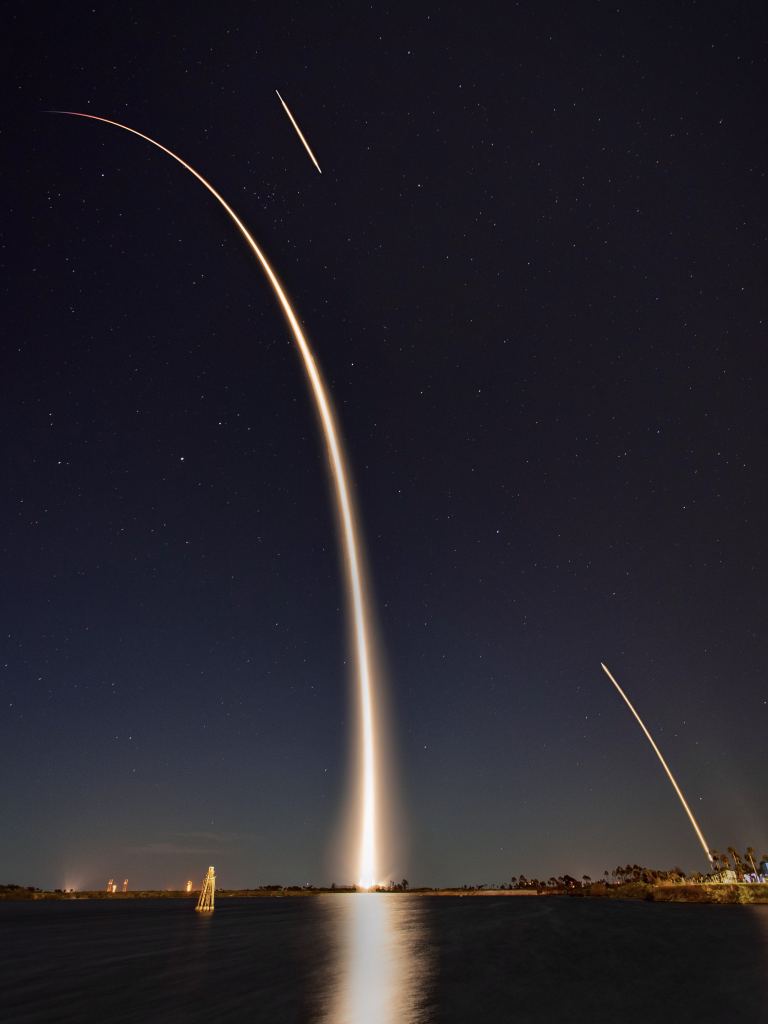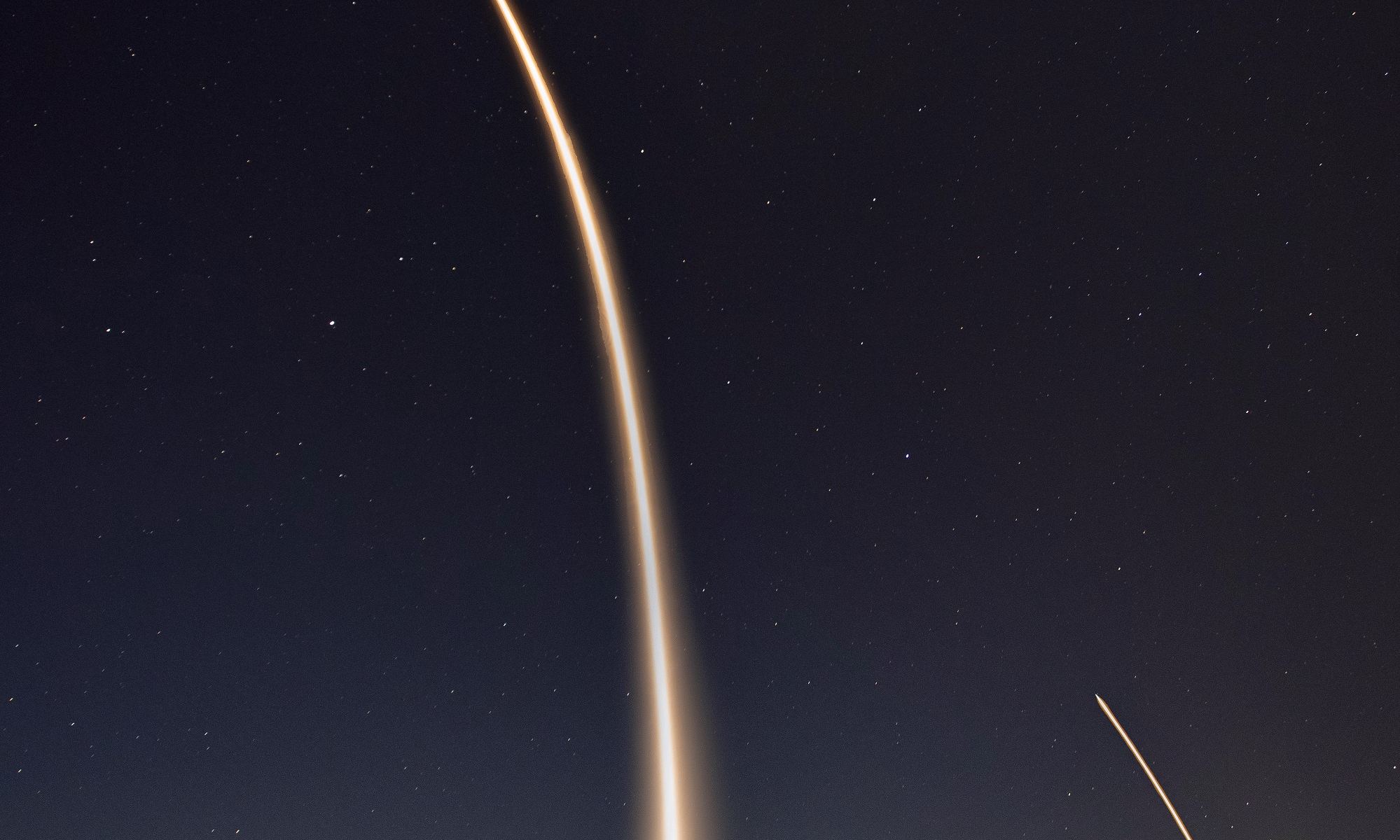On Friday, March 6th, as part of the company’s 20th Commercial Resupply Services (CRS-20) mission, SpaceX launched a Dragon 1 capsule destined for the International Space Station (ISS). The mission involved the transport of supplies, as well as materials related to the more than 250 science investigations taking place aboard the ISS. More than that, it represented a milestone for the aerospace manufacturer.
The launch took place at 11:50 p.m. EST (08:50 p.m. PST) from Space Launch Complex 40 at Cape Canaveral Air Force Station. The separation between the first and second stage occurred about nine minutes later. It was then captured by the ISS’s Space Station Remote Manipulator System (aka. Canadarm2) on Monday, March 9th, and berthed with the station.

All told, the CRS-20 Dragon vehicle carried nearly 2000 kg (4,400 lbs) to the ISS, about 1500 kg (3300 lbs) of which was transported inside the pressurized capsule. This includes 273 kg (602 lbs) of crew supplies, 960 kg (2,116 lbs) of scientific experiments, 219 kg (483 lbs) of vehicle hardware, 53 kg (124 lbs) of equipment needed for future spacewalks, and one kilogram of computer equipment.
This same spacecraft will also return with more than 1800 kg (4,000 lbs) of cargo after spending close to four weeks aboard the ISS. As noted, this mission is a milestone for SpaceX, and for a number of reasons. For starters, the Dragon spacecraft involved flew in support of the CRS-10 mission in February 2017 and again in December of 2018 as part of the CRS-16 mission.
In addition, the first stage booster of the Falcon 9 that was used flew previously as part of the CRS-19 mission in December of 2019. Its successful retrieval by the SpaceX drone ship Of Course I Still Love at sea also marked the 50th retrieval made by the company. But most importantly, this mission was the last flight of the Dragon 1, which will henceforth be replaced by the upgraded cargo version of the Dragon 2 spacecraft.
This will begin in 2021 as part of Phase 2 of NASA’s Commercial Resupply Services program (aka. CRS2). Like its predecessor, this program will consist of NASA contracting with aerospace manufacturers to provide cargo deliveries to the ISS. As part of the original CRS contract, SpaceX was awarded a contract for twelve missions in 2008 but received an extension later than increased that number to twenty.
Back in January of 2016, NASA announced that SpaceX (and its Falcon 9 rocket and Dragon spacecraft) were selected to resupply the ISS through 2024 as part CRS2. In this respect, the CRS-20 mission is a testament to the progress the company has made in recent years. Not only do they have retrieval and reusability down to an art, but they are also preparing to make significant strides in the coming years.
Under their CRS contract, SpaceX has helped to restore domestic capability to the US to supply and return cargo from the ISS. With the crew version of the Dragon 2 spacecraft, they will also restore domestic launch capability to the US for crewed missions. This means that the US will no longer be reliant on Roscosmos and its Soyuz launch vehicles and spacecraft to send and return astronauts from the ISS.
The launch, retrieval, mission highlights, and mission-related interviews were all the subject of live videos provided by NASA, SpaceX, and NASASpaceFlight (above and below). Be sure to check them out!
Further Reading: SpaceX, NASASpaceFlight


The booster for CRS-20 landed back at the Cape, not at sea.